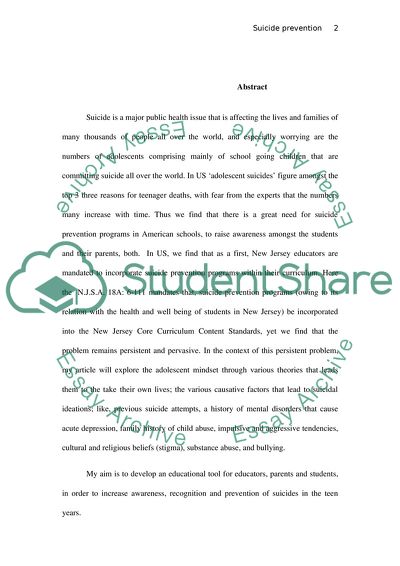Cite this document
(Suicide Prevention in the adolescent population Case Study, n.d.)
Suicide Prevention in the adolescent population Case Study. https://studentshare.org/social-science/1744938-suicide-prevention-in-the-adolescent-population
Suicide Prevention in the adolescent population Case Study. https://studentshare.org/social-science/1744938-suicide-prevention-in-the-adolescent-population
(Suicide Prevention in the Adolescent Population Case Study)
Suicide Prevention in the Adolescent Population Case Study. https://studentshare.org/social-science/1744938-suicide-prevention-in-the-adolescent-population.
Suicide Prevention in the Adolescent Population Case Study. https://studentshare.org/social-science/1744938-suicide-prevention-in-the-adolescent-population.
“Suicide Prevention in the Adolescent Population Case Study”. https://studentshare.org/social-science/1744938-suicide-prevention-in-the-adolescent-population.


